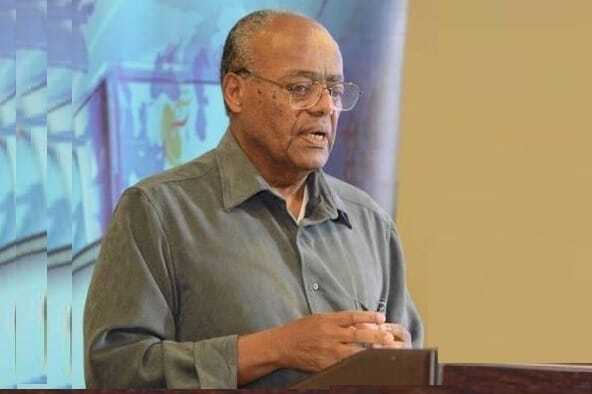The Ministry of Planning, Investment, and Economic Development (MoPIED) released its annual Aid Information Management System (AIMS) report for the year 2021 on February 22, 2023. Several stakeholders attended the event, which was held at the Airport Hanger in Mogadishu, including line ministries from the Federal Government of Somalia (FGS) and Federal Member States (FMS), civil society organizations, the private sector, and development partners.
According to the ministry’s official communiqué, development aid decreased in 2021 compared to 2020. “In the Somalia AIMS report overview for 2021, the country recorded a total of US$ 2 billion in Official Development Assistance (ODA), consisting of development and humanitarian aid. The 2021 findings show a slight decrease in the total ODA compared to 2020 which totaled over US$ 2.1 billion,” the statement read in parts.
Humanitarian aid, on the other hand, totaled $1.1 billion, with the United States providing more than half of it. The remainder came from Germany, the European Union, and the United Kingdom. According to the AIMS report, humanitarian aid to Somalia increased in 2021 in response to crises such as the COVID-19 pandemic, desert locusts, drought, and flash floods.
Furthermore, the report revealed that over 80% of aid in 2021 was channeled through the social development and economic development sectors of the ninth national development plan (NDP9). Social development received the largest cut, totaling $480 million, while economic development received $160 million. Other funding categories included inclusive politics ($16 million) and security and rule of law ($15 million). Cross-cutting thematic issues, such as governance ($287 million), were also funded.
Overall, the AIMS classified donor aid and funding by donor, sector, location, and Somalia Development and Reconstruction Facility (SDRF) funds. Based on the report, the majority of development aid was delivered outside of SDRF funds between 2014 and 2021. Aid channeled through SDRF funds was distributed as follows: 2014 (10%), 2015 (20%), 2016 (22%), 2017 (21%), 2018 (30%), 2019 (35%), 2020 (19%), and 2021 (10%).
AIMS was introduced in 2020 to strategically guide and track the flow of official development assistance (ODA), as well as to enhance accountability and government ownership. This is its second annual report since its inception. AIMS annual reports are distributed to various government agencies and the international community to aid in policymaking and development.










